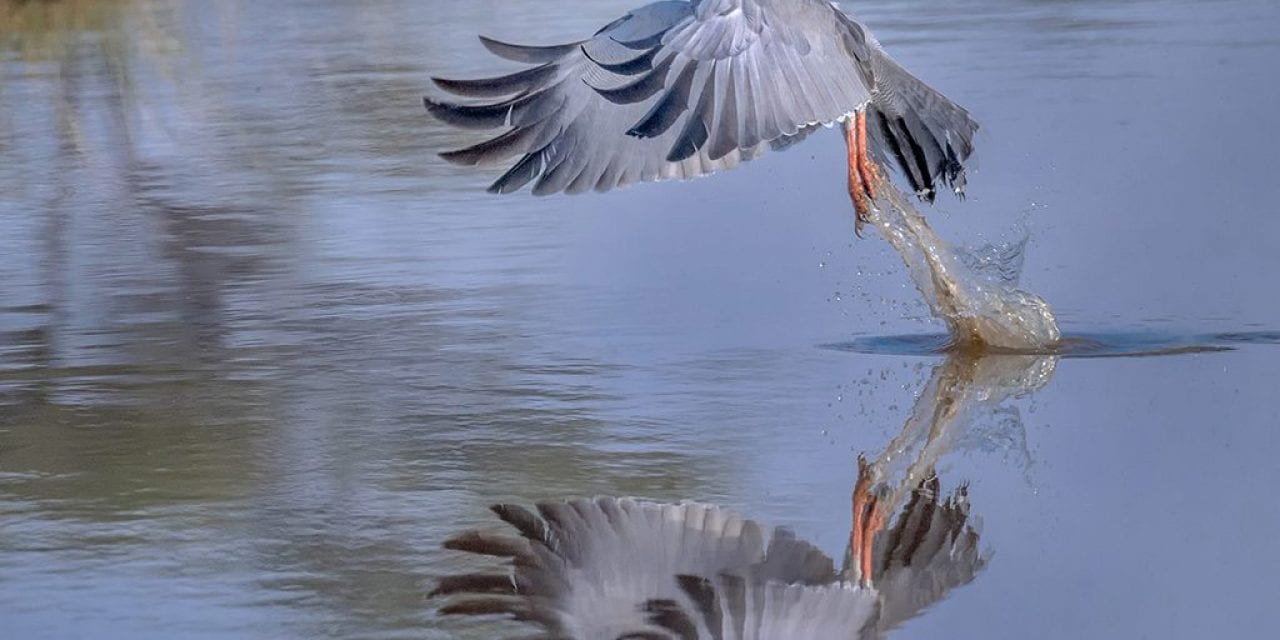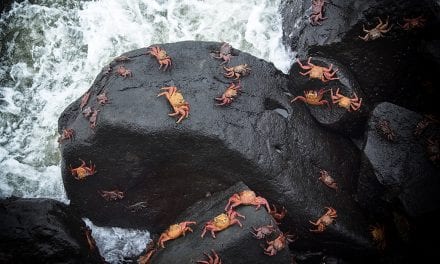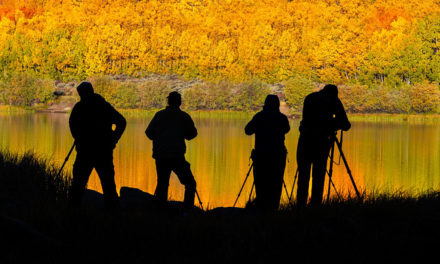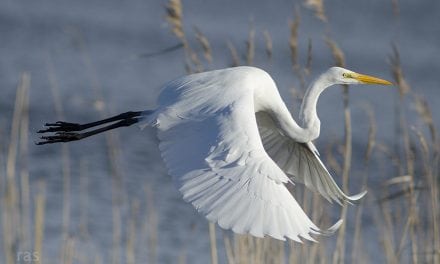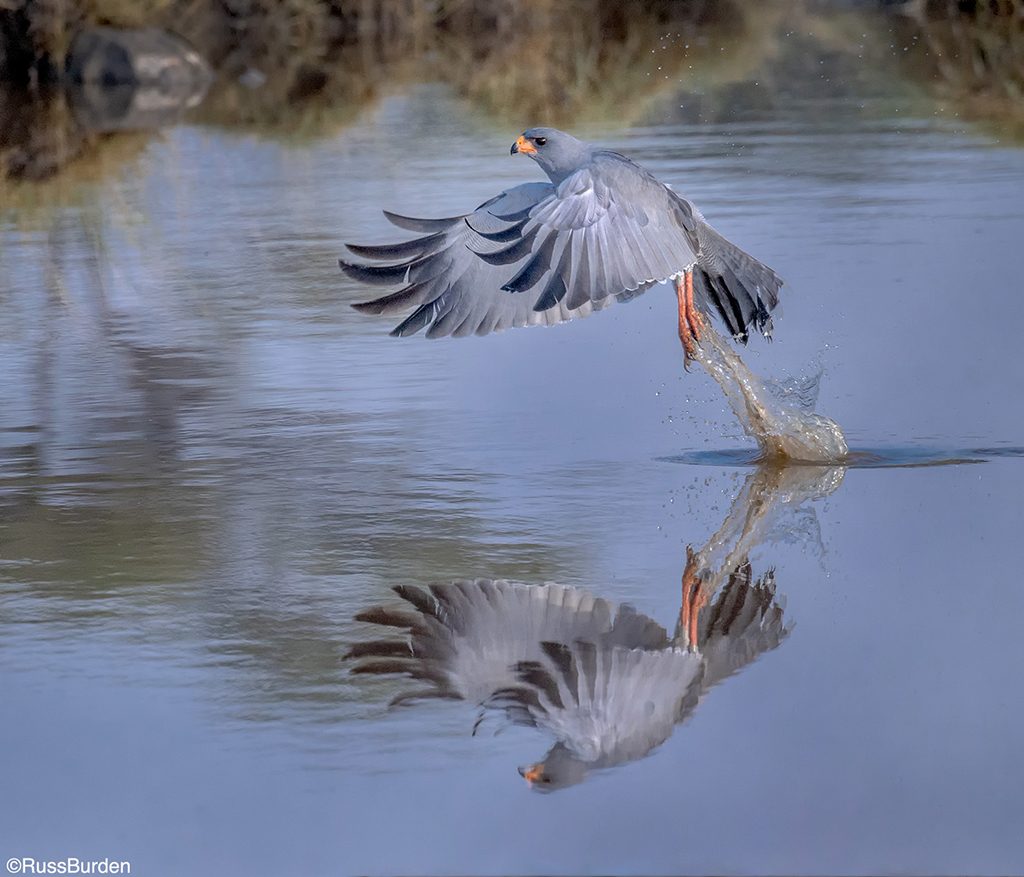
Back in the film days, especially with slides, when a photographer captured an incredible portrait of a gorgeous bird in a picture-perfect setting, it received tons of accolades and praise. At that time, a great shot of a posed bird was a total winner. The same photo in today’s world of photography will still receive positive comments, but those types of photos have lost some impact.
What changed this scenario is that the hot birding places became common knowledge, faster zooms with better quality glass and truer AF hit the market, better fixed telephotos became the norm and digital cameras hit the scene. With digital, photographers began pressing the shutter before the bird launched and followed the bird after it took off while still pressing the shutter. With slide film, photographers were more judicious as they were limited to 36 frames on a roll. They factored in the costa and had to change the roll often. With a digital camera in hand, flight photography “took off.”
The action shot of a bird in flight has become the new standard to receive the oohs and aahs. But even with a digital camera, there are many factors to be considered and utilized to get a great flight shot. Be thankful you’re a digital photographer. It’s with this in mind that I share my tips on how to capture great images of birds in flight.
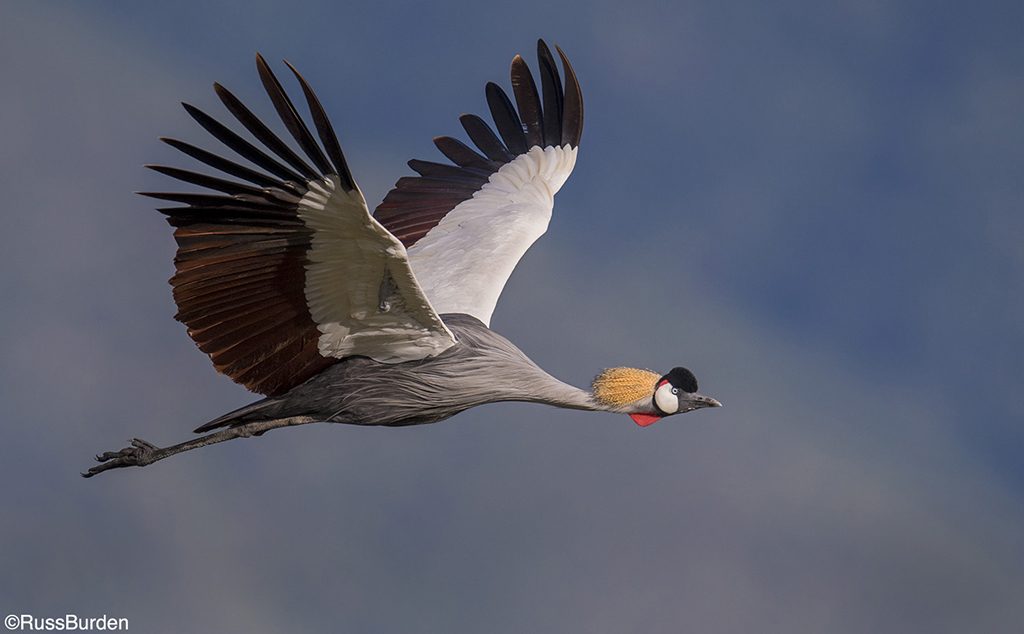
Think about a pristine duck in water with a beautiful reflection in sunrise light. Nice photo, but the instant the duck takes off, water drips from its feet, the splash adds interest, the reflection is still there, the head is turned toward the camera and the wing position is perfect equals a really nice photo. This is the image to which you should aspire. Follow the tips below to learn how to get the best photos of birds in flight.
Shutter Speed And ISO
Use a fast shutter speed to prevent the tips of the primaries from showing blur. Birds have different rates at how many beats per minute their wings move. Know the species so you can use the shutter that provides the best possible image. Use a wide-open aperture to obtain the fastest possible shutter. To achieve the necessary speed, raise the ISO. Know the limitations of your camera body regarding noise. Run tests to see the quality of your files at a given ISO.
The Best Light
Make your images in the best light. As the sun rises on a clear day, a higher intensity of light hits the subject. Shoot during this golden hour so the color of the light is optimum and you can photograph using an ISO that doesn’t produce a lot of noise.
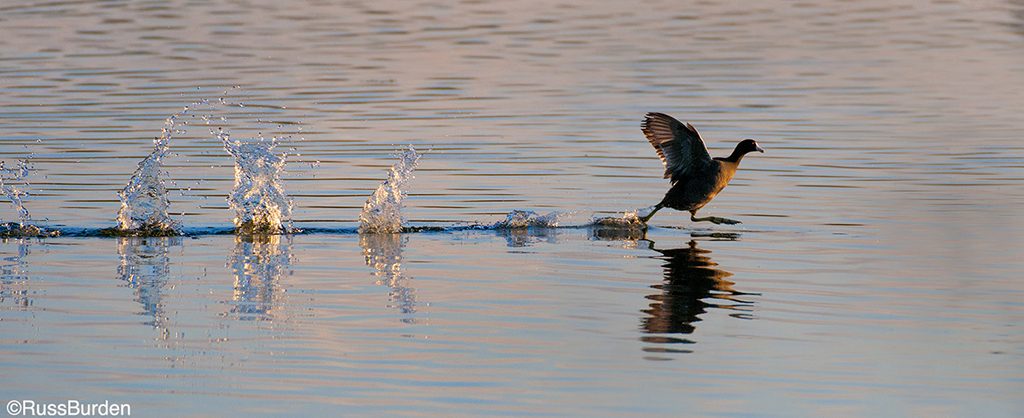
Less-Than-Ideal Light
If you have the necessary shutter and the light is intense, you have two choices to help improve the image: Lower the ISO for a finer grain RAW file or stop down the lens to obtain a bit more depth of field. If you do both, it’s imperative you make the shutter speed the highest priority.
Panning
Track the bird with your camera using a fluid panning motion. When you pan the camera at the same pace the bird flies, you increase your odds of getting a sharp photo. Gently press the shutter so no up and down movement is added into the equation.
Position Of Focus Point
Be sure the focus point is squarely over the bird when it’s ready to take off. This takes a lot of practice. From a dead stop when the bird is on land to when it takes flight, it’s very abrupt, so you have to learn how to follow the bird while you keep the focus point over it so the lens doesn’t lose focus.
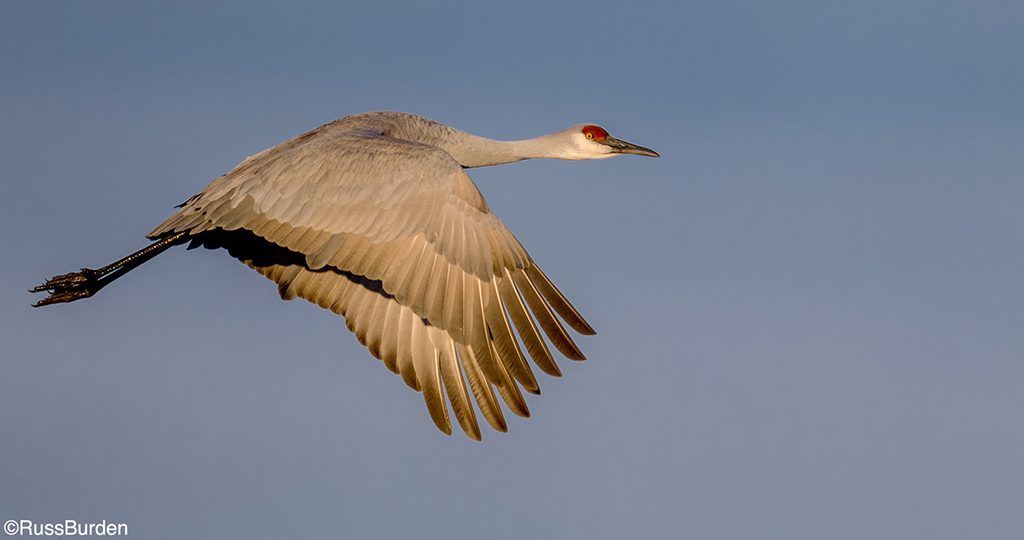
Number Of Focus Points
Expand the number of focus points relative to the subject. Depending on how many are active in Continuous Focus mode, a given number of points determines how forgiving you can be to keep the point over the bird. I use a Nikon system, and I have the number of Focus Points set to 72. It takes up about 25 percent of the viewfinder. While it may make sense to expand the number of points to a wider area, don’t do that. If you tell the camera to focus anywhere, as you track the bird, the camera can now lock onto a background tree, cloud or other structure and you’ll lose focus on the bird.
Continuous Shutter Release
Use continuous shutter release, not single point. As the bird flies, it may come closer to you. You want to tell the camera that no matter what plane on which the bird flies, continue to recapture the focus. Also, keep the camera set to the highest possible capture rate to gets as much variation on the wing positions as possible.
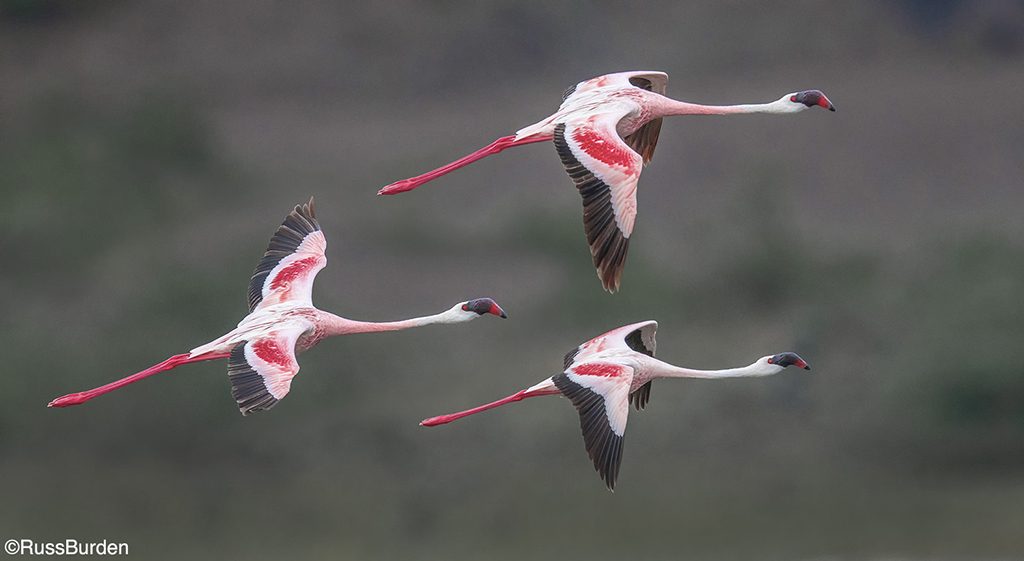
Learn Bird Behavior
Study the birds you intend to photograph to learn their behavior—what signal will they give when they’re about to take off? Where do they dwell at any given time of the year? How fast do they fly? Pintail ducks are like little rockets, while geese aren’t as fast, which makes them a great subject on which to practice. Regarding their wing flaps, what is their beats per minute? The faster they move their wings, the higher the shutter speed you need.
Panning
Try panning at slow shutter speeds to create an artistic representation of the motion. The idea is to get a nice sharp bird against a background that shows fluidity and movement.
So there you have it. Get out into the field and challenge yourself to make some great bird-in-flight images. Practice on birds that are slower flyers and graduate to those that are faster as your success rate increases. But most of all, enjoy the challenge!
To learn more about this subject, join me on one of my photo safaris to Tanzania. Visit www.russburdenphotography.com for more information.
The post How To Get The Best Photos Of Birds In Flight appeared first on Outdoor Photographer.

